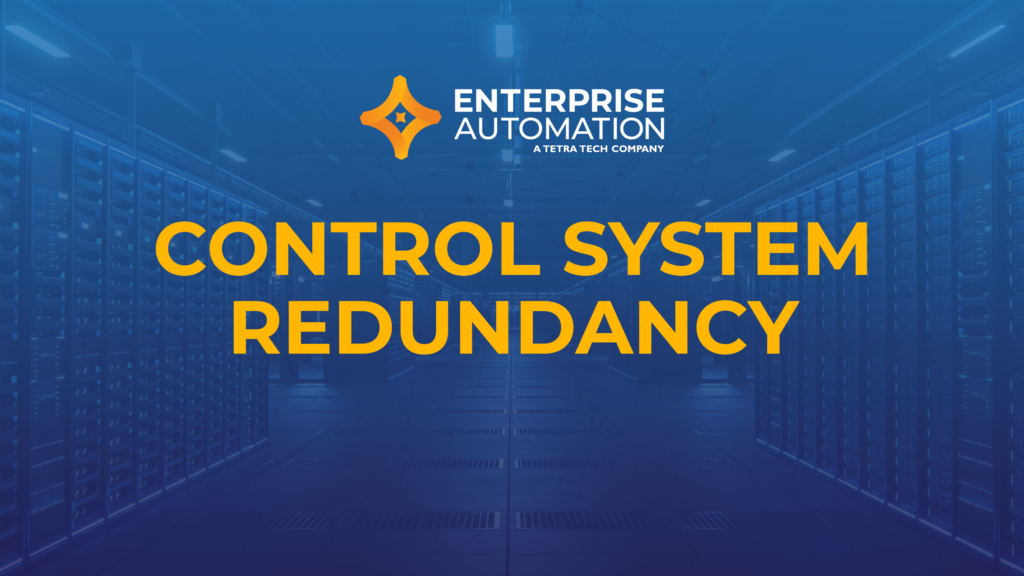Exactly How to Manage Redundancy Pay If Company Goes Bust: Secret Info for UK Workers
Exactly How to Manage Redundancy Pay If Company Goes Bust: Secret Info for UK Workers
Blog Article
Discovering the Operational Characteristics of Company Redundancy and Its Long-Term Sustainability

Redundancy Approaches for Company Continuity
In order to ensure continuous procedures, services should apply reliable redundancy strategies for organization continuity. Redundancy in this context refers to the replication of vital parts or features within a system to mitigate the effect of potential failures. By incorporating redundancy methods, companies can enhance their durability against disturbances triggered by various factors such as natural disasters, tools failures, or cyber-attacks.
One typical redundancy method is the application of back-up systems and data storage space remedies. This entails creating duplicates of crucial information and systems that can be activated in case of a main system failing. Furthermore, companies can develop redundant interaction networks and power sources to preserve connection and procedures throughout unforeseen events.
Additionally, cross-training employees to perform multiple functions within the company can serve as an important redundancy strategy. If essential employees are inaccessible due to health problem or other reasons, this guarantees that necessary tasks can still be carried out also. Overall, effective redundancy approaches are crucial for businesses to promote functional continuity and reduce the effect of potential disturbances.
Effect of Redundancy on Organizational Resilience
Given the critical duty redundancy methods play in guaranteeing organization connection, exploring the influence of redundancy on business durability comes to be critical for comprehending the alternative operational dynamics of a business. Organizational durability describes an entity's capability to adjust to disturbances, recuperate from problems, and change when necessary while maintaining core features. Redundancy, when purposefully applied, can substantially add to boosting a company's resilience in the face of unexpected challenges. By having back-up systems, employees, or procedures in location, firms can much better withstand shocks and continue operations with marginal disturbance.
Additionally, redundancy can boost staff member spirits and confidence, understanding that there are backup plans in position to attend to unanticipated circumstances. This complacency can result in boosted performance and an extra positive work setting. Furthermore, redundancy can promote advancement and creativity within an organization as staff members feel encouraged to take computed threats, knowing that there is a safeguard to sustain them in case of failing. Overall, the effect of redundancy on organizational strength is extensive, shaping the long-term sustainability and success of a business.
Balancing Performance and Flexibility in Redundancy
Attaining a harmonious stability in between functional effectiveness and adaptive flexibility is a pivotal obstacle in the strategic deployment of redundancy within companies. Efficient procedures are important for maintaining productivity and cost-effectiveness, guaranteeing that resources are utilized optimally. Nonetheless, too much emphasis on efficiency alone can cause rigidness, making it challenging for companies to adjust to unexpected changes or difficulties. On the other hand, flexibility allows organizations to react nimbly to progressing situations, cultivating advancement and strength. Yet, excessive adaptability without a solid functional foundation can cause inadequacies and variance.
To balance efficiency and flexibility in redundancy preparation, companies need to thoroughly assess their functional demands, market dynamics, and calculated goals. Executing lean techniques can enhance efficiency by enhancing procedures and removing waste, while promoting a society of versatility and continual enhancement can increase versatility. Additionally, spending in cross-training programs and durable interaction networks can assist cultivate a versatile workforce qualified of handling varied jobs during periods of transition. Inevitably, locating the ideal balance between efficiency and flexibility is crucial for building a durable and sustainable company despite unpredictability.
Long-Term Sustainability Via Redundancy Preparation
To make certain enduring feasibility and security, companies need to purposefully align their redundancy planning with long-lasting sustainability objectives, thereby balancing functional efficiency with flexible versatility. Long-term sustainability via redundancy planning involves even more than just short-term cost-cutting actions. It needs a comprehensive critical method that prepares for future challenges and chances. Firms ought to check out redundancy not as a responsive service to instant troubles but as a positive approach for long-term success. By integrating redundancy preparation with sustainability purposes, organizations can produce a resistant framework that can withstand different market variations and inner changes.

Proactive Steps for Sustainable Company Operations
Exactly how can companies proactively enhance their functional sustainability for lasting success? Executing proactive procedures is necessary for business aiming i loved this to guarantee sustainable click to read more operations. One essential strategy is to invest in technology and technology to enhance processes, reduce waste, and remain affordable in the marketplace. Taking on sustainable techniques such as decreasing power usage, reducing carbon footprint, and enhancing source utilization can not only profit the setting however likewise cause set you back financial savings in the future.
Additionally, promoting a society of continuous renovation and understanding within the company can enhance flexibility to transforming market problems and client demands. Encouraging employee involvement in decision-making processes and supplying chances for professional growth can enhance morale, efficiency, and general efficiency. Establishing clear objectives, keeping an eye on crucial performance signs, and on a regular basis reviewing development are important components of positive sustainability management.
Collaborating with suppliers, consumers, and other stakeholders to promote sustainable practices throughout the supply chain can develop a causal sequence of favorable effect - redundancy pay if company goes bust. By taking proactive actions towards operational sustainability, companies can build resilience, drive technology, and secure their long-term success in an ever-evolving organization landscape
Verdict

In the realm of business monitoring, the strategic deployment of business redundancy stands as a crucial yet intricate technique that requires a fragile equilibrium in between functional efficiency and long-lasting stability. By studying the operational dynamics that underpin firm redundancy and reviewing its more comprehensive ramifications for organizational durability and adaptability, a nuanced understanding of exactly how redundancy strategies can form the future trajectory of a company starts to unravel.Given the essential function redundancy approaches play in making sure business continuity, discovering the impact of redundancy on business resilience ends up being important for recognizing the holistic operational characteristics of a company. In general, the influence of redundancy on organizational durability is extensive, shaping the long-lasting sustainability and success of a firm.
In final thought, recognizing the operational dynamics of business redundancy is critical for guaranteeing long-lasting sustainability.
Report this page